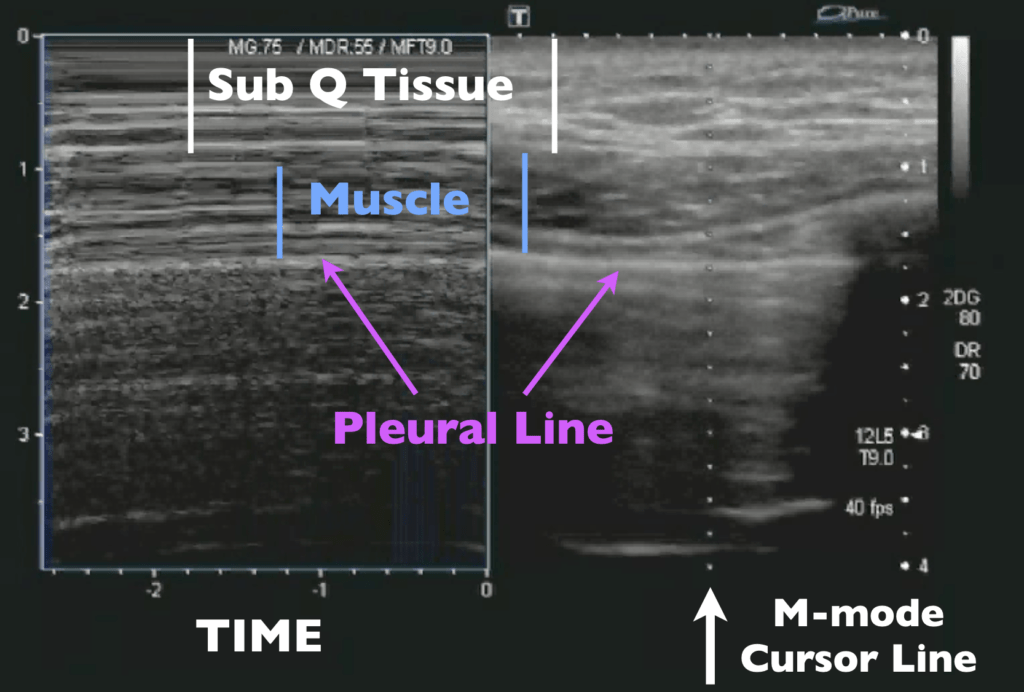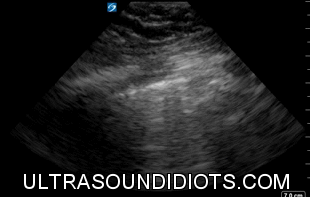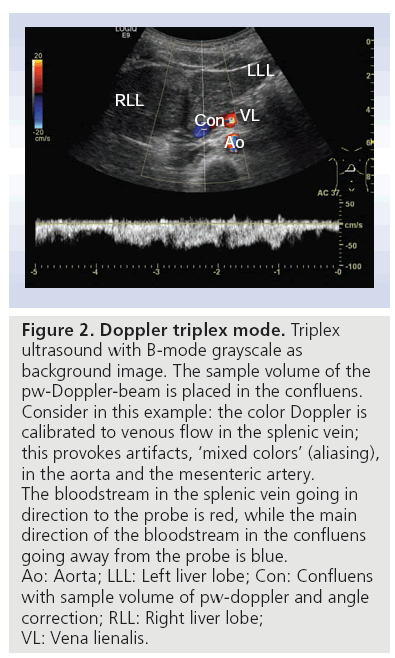B-mode ultrasound, color Doppler, and sonoelastography in differentiation between benign and malignant cervical lymph nodes with special emphasis on sonoelastography, Egyptian Journal of Radiology and Nuclear Medicine
5 (184) · $ 22.00 · In stock
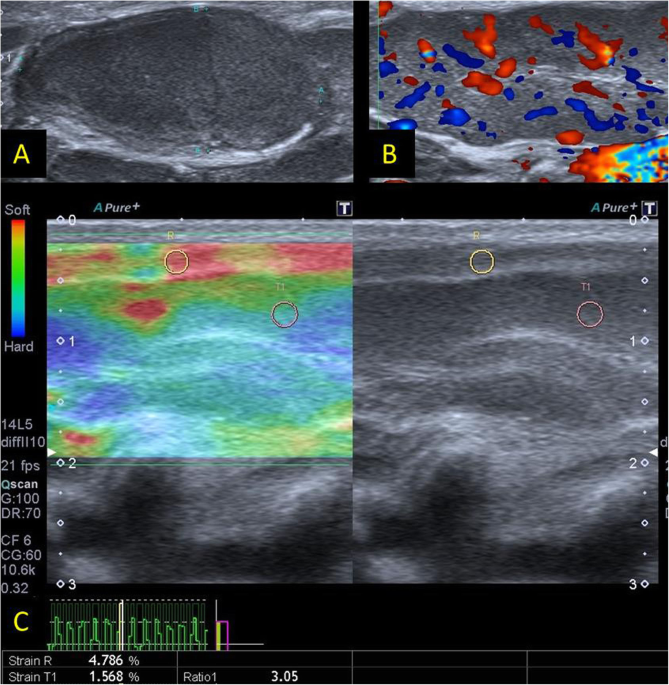
Background Enlarged cervical lymph nodes are the most commonly encountered neck lumps. Ultrasonography is the most extensively used tool for classification of superficial lymph nodes due to its availability and low cost. Ultrasound (US) elastography refers to a non-invasive imaging technique that can describe tissue displacement (i.e., strain) or stiffness in response to a given force. The aim of this study is to compare between B-mode sonography, color Doppler, and sonoelastography in assessment of enlarged deep cervical lymph nodes. Results The prevalence of benign lymph nodes was 26 out of 84 (31%). Lymphomatous lymph nodes were 22/84 (26.2%), while metastatic lymph nodes were 36/84 (42.8%). Color Doppler evaluation of nodal vascular pattern was of high sensitivity (91.7%), specificity (80.8%), and accuracy (88.6%) for differentiating metastatic and benign nodes (P value was < 0.001). There was a significant difference between elasticity scores of benign and malignant lymph nodes (P < 0.001). The most frequent score in the malignant group was 3 (21/27) (77.8%) while the most frequent score in the benign group was 2 (5/11) (45.5%). The mean strain ratio (strain index) for malignant lymph nodes (mean 3.2 ± 0.8) was significantly greater than that for benign lymph nodes (mean 1.1 ± 0.8). Conclusion Ultrasound elastography with its high sensitivity and specificity is a helpful improvement in US for the assessment of cervical lymph nodes, in which biopsies should be performed.

Utility of Sonoelastography Beyond Sonography for Differentiation
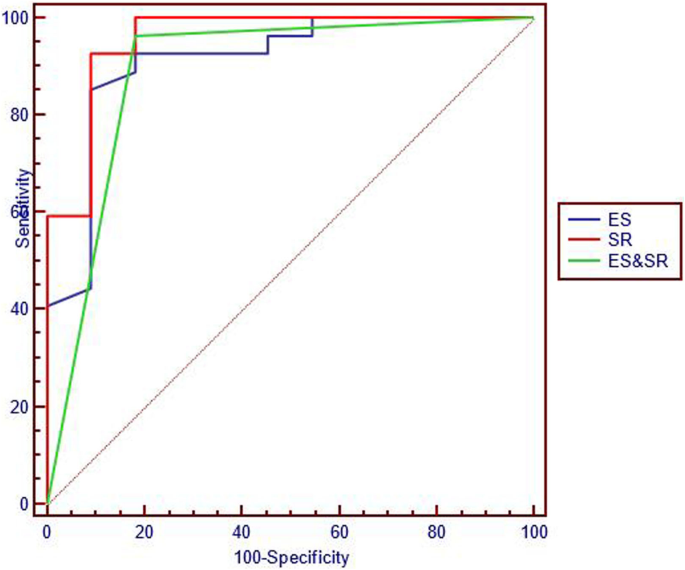
B-mode ultrasound, color Doppler, and sonoelastography in

Use of strain sonoelastography in differentiation of focal

Chapter 5 Ultrasound Characteristics of Benign vs Malignant

PDF) Reliability of sonoelastography in predicting pediatric

Ultrasound elastography improves differentiation between benign

PDF) Shear wave elastography versus strain elastography to

PDF) Diagnostic accuracy of B-mode, Doppler ultrasound, strain

Combined sonoelastographic scoring and strain ratio in evaluation
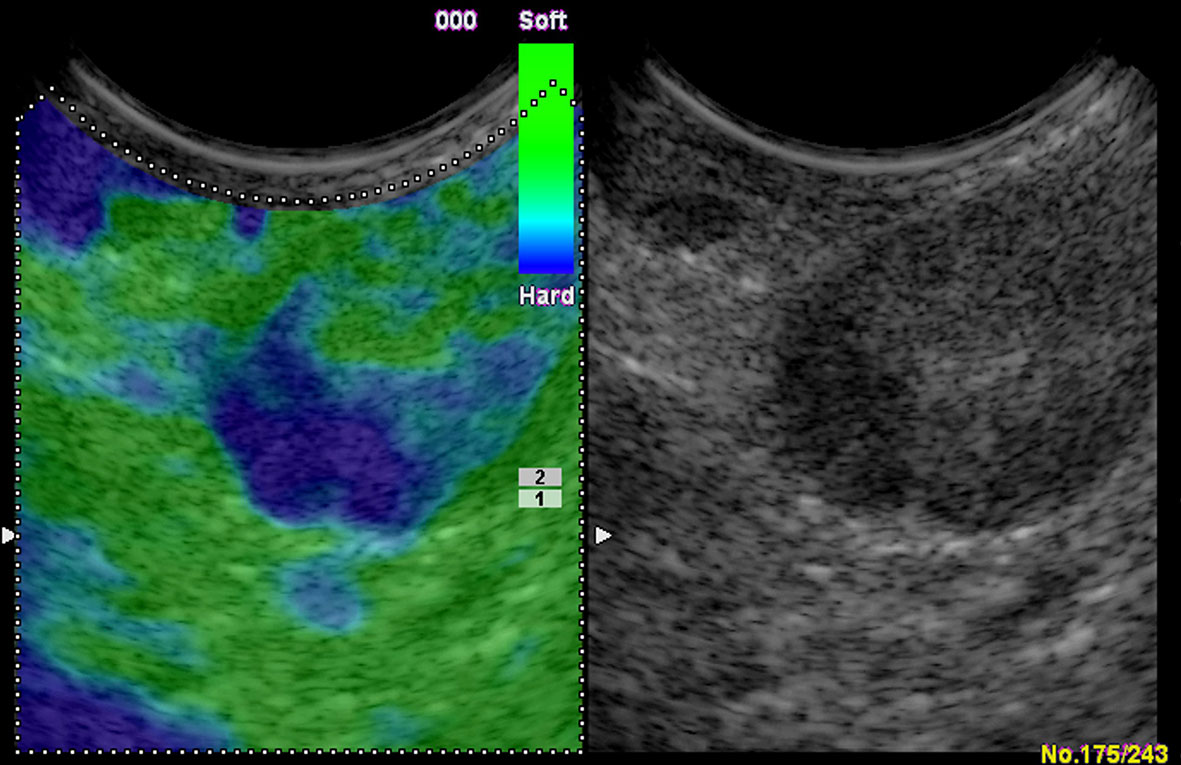
Frontiers Ultrasound Elastography for the Evaluation of Lymph Nodes
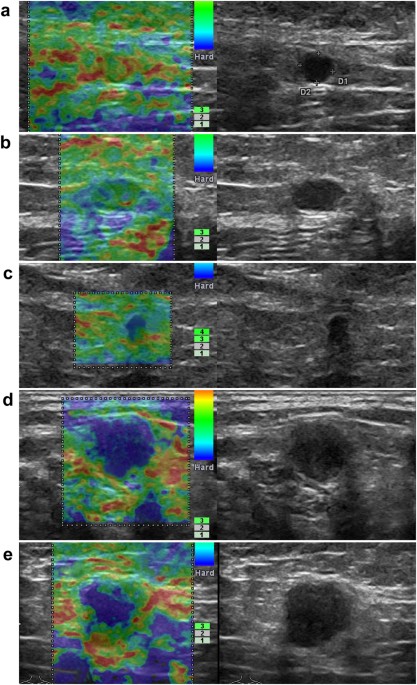
Application of Real-time Elastography Ultrasound in the Diagnosis

Evaluation of the role of sono-elastography in diagnosis of

Can ultrasound elastography distinguish metastatic from reactive





